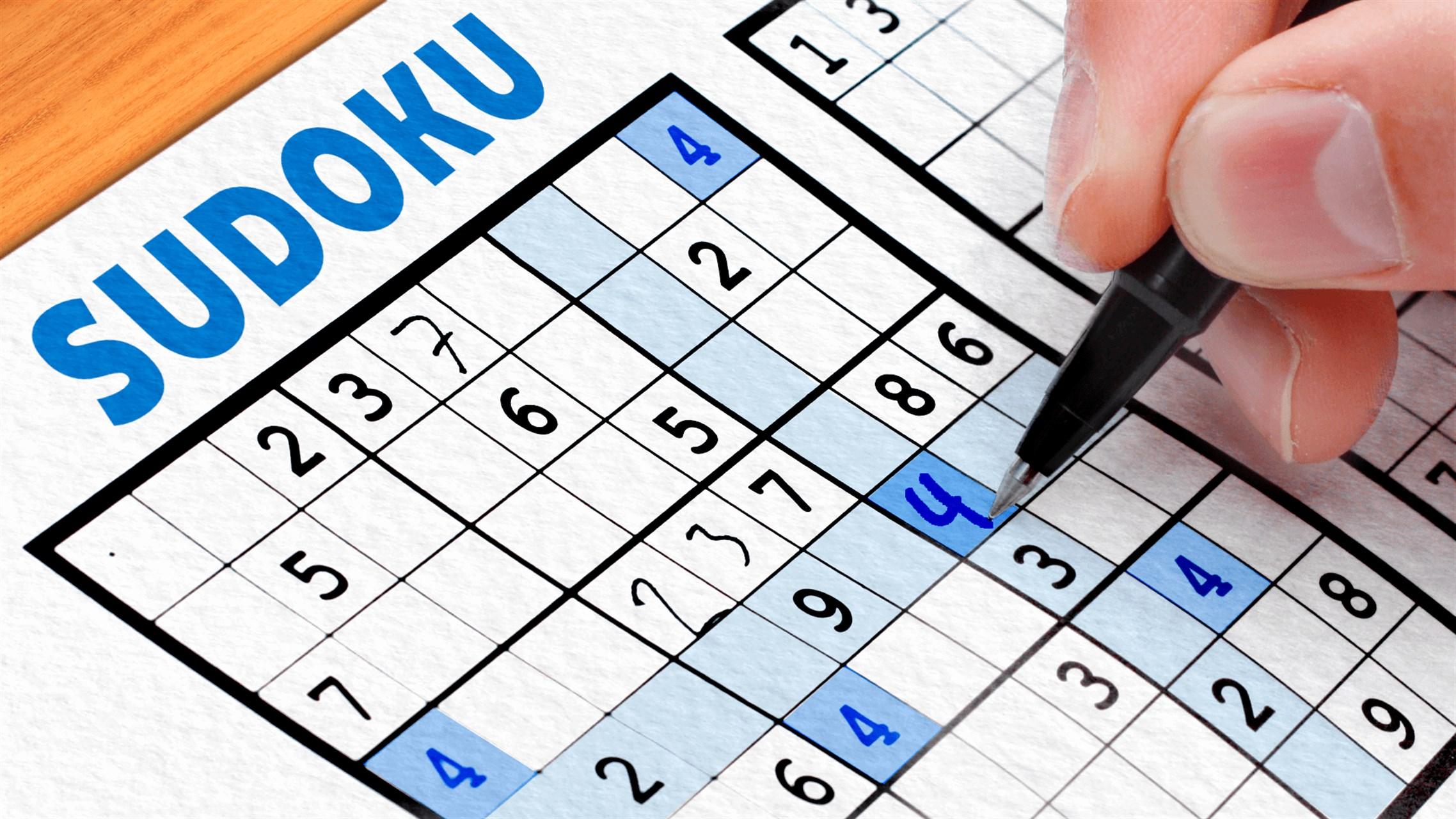I never thought a 9x9 grid of numbers could take over my life. But here I am, several months into a daily Sudoku habit, marveling at how something so simple can be both incredibly frustrating and oddly satisfying.
It all started on a lazy Sunday. I was scrolling through my phone, looking for something to do, when I saw a Sudoku puzzle in a news app. “Why not?” I thought. Little did I know that this innocent-looking grid would become a daily ritual — and occasionally, a source of mild torment.
The First Encounter
The first puzzle I tried was labeled “easy,” and I approached it with confidence. After all, how hard could it be to fill in numbers 1 through 9 in every row, column, and 3x3 box without repeating them?
The answer: harder than I thought. I quickly realized that Sudoku isn’t just about numbers; it’s about patterns, logic, and patience. I spent what felt like an eternity staring at one row, trying to figure out the perfect number placement. When I finally filled in the last cell, I felt a rush of triumph — the kind of joy that comes from overcoming a challenge with nothing but your own focus and logic.
That first success hooked me immediately. Suddenly, I wanted more. I started tackling harder puzzles, testing my brain, and seeing how far I could push my patience and analytical skills.
Why Sudoku Is So Addictive
There’s something inherently satisfying about Sudoku. Each correct placement feels like a small victory. Each pattern you recognize is a little puzzle within the larger one. And the challenges are never the same twice. Even if you’ve solved hundreds of puzzles, each new grid offers a unique test.
For me, Sudoku is addictive because it’s a mix of strategy, patience, and intuition. It challenges me to think several steps ahead, anticipate the consequences of each move, and stay focused even when the puzzle seems impossible. And yet, it’s quiet and meditative at the same time — a rare combination that makes it hard to put down.
I also love that Sudoku is flexible. You can do a quick puzzle in five minutes with your morning coffee or spend hours on a fiendishly difficult grid in the evening. It’s the perfect mental workout for any schedule.
The Most Challenging Puzzle I Ever Solved
I remember tackling a so-called “expert” Sudoku one late night. The puzzle was almost entirely blank, with only a handful of numbers to guide me. I dove in with confidence, only to find myself stuck after fifteen minutes.
Every strategy I tried seemed to fail. I erased numbers repeatedly, scribbled notes in the margins, and muttered under my breath. I even closed my eyes for a few minutes, hoping that somehow the solution would appear in my brain while I rested.
When I returned, I noticed a subtle pattern I hadn’t seen before. One number placement unlocked several others, and suddenly the puzzle started to make sense. The satisfaction of completing that grid was incredible — a mix of relief, pride, and pure mental accomplishment.
It’s moments like this that keep me coming back. The journey is just as important as the solution. Every challenge teaches me patience, logical thinking, and perseverance — lessons that extend beyond the puzzle itself.
Funny and Relatable Moments
Sudoku isn’t all serious business, though. I’ve had plenty of hilarious mishaps along the way. Like the time I miswrote a number and spent twenty minutes stuck in an impossible loop, only to realize my mistake. Or when my cat walked across my puzzle app on my tablet, adding her “own numbers” to the grid.
These moments remind me that Sudoku is meant to be fun, not stressful. And even when I get frustrated, I can usually laugh at myself afterward. Each puzzle becomes a little story — full of small victories, mistakes, and funny moments that make the experience memorable.
Tips I’ve Learned
After months of daily Sudoku, I’ve picked up some strategies that make the game more enjoyable and less maddening:
-
Start with the obvious numbers: Fill in the numbers that are clearly missing first to build momentum.
-
Use pencil marks or notes: Jot down possibilities for tricky cells to avoid mistakes later.
-
Work in sections: Focus on one row, column, or box at a time to prevent overwhelm.
-
Step away when stuck: A short break can provide a fresh perspective and reveal hidden solutions.
-
Check your work: Always double-check before placing a number, as one error can derail the entire puzzle.
Even with these tips, Sudoku always keeps me on my toes. Each puzzle offers a new challenge, forcing me to think critically and adapt my strategies.
Lessons From Sudoku
Sudoku has taught me more than just logic and number placement. It has reinforced patience, attention to detail, and persistence. It’s also shown me the importance of stepping back and reevaluating when things get stuck — a lesson that applies to real life, too.
Completing a challenging puzzle provides a deep sense of satisfaction and accomplishment. Even mistakes are valuable, as they teach me to be more careful, observant, and patient.
Why I Keep Coming Back
I keep returning to Sudoku because it’s both a challenge and a comfort. It trains my brain while providing a meditative focus. It’s unpredictable, fun, and intellectually stimulating. And there’s always another puzzle waiting, ready to test my skills and patience.
Whether I’m playing alone or competing with friends for the fastest solve, Sudoku has become a part of my daily life — a little mental adventure that keeps me sharp, focused, and entertained.
Final Thoughts
Sudoku is more than just a numbers game. It’s a test of logic, patience, and persistence. It’s a source of joy, frustration, and mental growth. And it’s endlessly entertaining — no two puzzles are ever the same.
